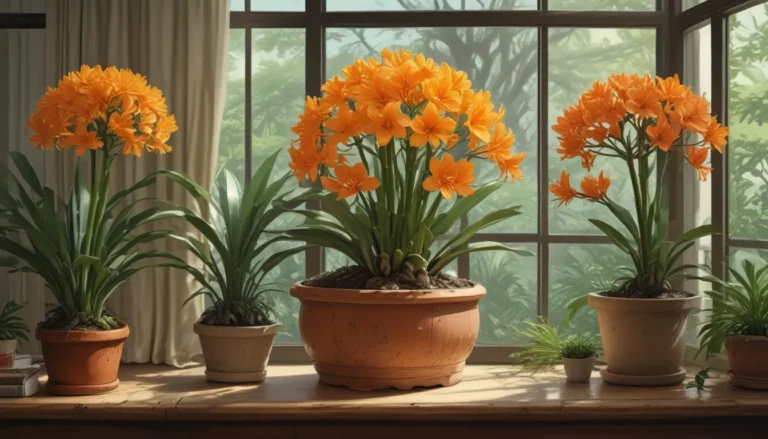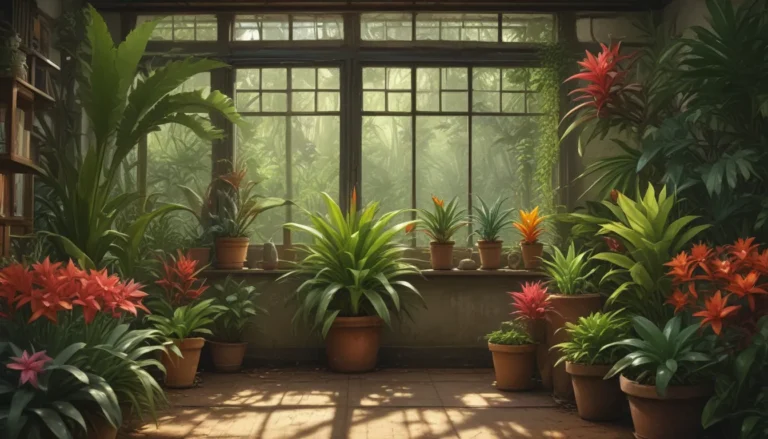Everything You Need to Know About Growing Queen’s Tears Bromeliads

If you’re a plant lover looking to add a touch of elegance to your garden or home, Queen’s Tears Bromeliads are an excellent choice. These tropical flowering beauties belong to the Bromeliaceae family and are known for their vibrant colors and unique growing habits. Whether you’re a seasoned gardener or just starting, this comprehensive guide will provide you with all the information you need to successfully grow and care for Queen’s Tears Bromeliads.
What You’ll Learn
- Cultivation and History
- Propagation
- How to Grow
- Growing Tips
- Maintenance
- Where to Buy
- Managing Pests and Disease
- Best Uses
- Quick Reference Growing Guide
Let’s dive into the world of Queen’s Tears Bromeliads and discover how to cultivate them to their full potential.
Cultivation and History
Originally from the arid regions of Mexico, Central America, and South America, Queen’s Tears Bromeliads are unique epiphytes that cling to trees and rocks in the wild. They have a non-parasitic relationship with their host, relying on rain and airborne organic debris for nourishment.
With a rich history dating back to the 19th century, these plants have captured the hearts of botanists and gardeners alike. Their distinctive arching foliage and bright pink inflorescences make them a popular choice for ornamental gardening.
Propagation
Propagating Queen’s Tears Bromeliads can be done through various methods, including seeds, division, or purchased specimens. Here’s a closer look at each method:
From Seed
Gathering seeds from mature plants is possible, but results may vary. Since these plants are not self-pollinating, you’ll need to hand-pollinate the flowers if you’re growing them indoors. Seeds require specific conditions to germinate, so careful attention is needed.
By Division
Dividing mature plants is a common propagation method for Queen’s Tears Bromeliads. As mature rosettes fade, new offsets or “pups” emerge, giving gardeners the opportunity to create new plants. Dividing plants involves separating the pups from the parent rosette and replanting them in suitable soil.
Transplanting
Starting with bare-root rhizomes or potted specimens is another way to propagate Queen’s Tears Bromeliads. Proper planting depth and care are essential to ensure successful growth.
How to Grow Queen’s Tears
Growing Queen’s Tears Bromeliads requires specific conditions to thrive. Here are some essential tips to help you grow these beautiful plants:
- Provide bright indirect sunlight indoors and afternoon shade outdoors.
- Ensure the soil is well-draining and slightly acidic.
- Water sparingly, allowing the top inch of soil to dry between waterings.
- Maintain humidity levels between 50 and 75 percent, especially indoors.
By following these guidelines, you can create an ideal environment for your Queen’s Tears Bromeliads to flourish and bloom.
Maintenance
Caring for Queen’s Tears Bromeliads involves regular maintenance tasks such as pruning, watering, and repotting. Proper watering techniques, temperature control, and pest prevention are crucial for the health of these plants. Avoid overfertilizing and ensure good air circulation to prevent disease.
Where to Buy
Queen’s Tears Bromeliads are available through various sources, including nurseries and online retailers. Different cultivars and variants may be available, so it’s essential to choose plants that suit your preferences and growing conditions.
Managing Pests and Disease
While Queen’s Tears Bromeliads are generally resilient to pests and diseases, occasional issues may arise. Common problems include scale, mealybugs, and fungal diseases. Regular monitoring and prompt treatment can help prevent these issues from spreading.
Best Uses for Queen’s Tears
Queen’s Tears Bromeliads are versatile plants that can be used as ground cover, container plants, or indoor houseplants. Their cascading foliage and vibrant blossoms make them a beautiful addition to any garden or home decor. Consider displaying them in hanging baskets or decorative pots to showcase their unique characteristics.
In conclusion, Queen’s Tears Bromeliads are stunning plants that offer beauty and elegance to any environment. By following the tips and guidelines outlined in this guide, you can successfully grow and care for these remarkable plants. Whether you’re a novice gardener or an experienced enthusiast, Queen’s Tears Bromeliads are sure to captivate you with their charm and grace.
If you have any questions or would like to share your experiences growing Queen’s Tears Bromeliads, feel free to leave a comment below. Let’s continue to cultivate beauty and harmony in our gardens and homes with these exquisite plants!





